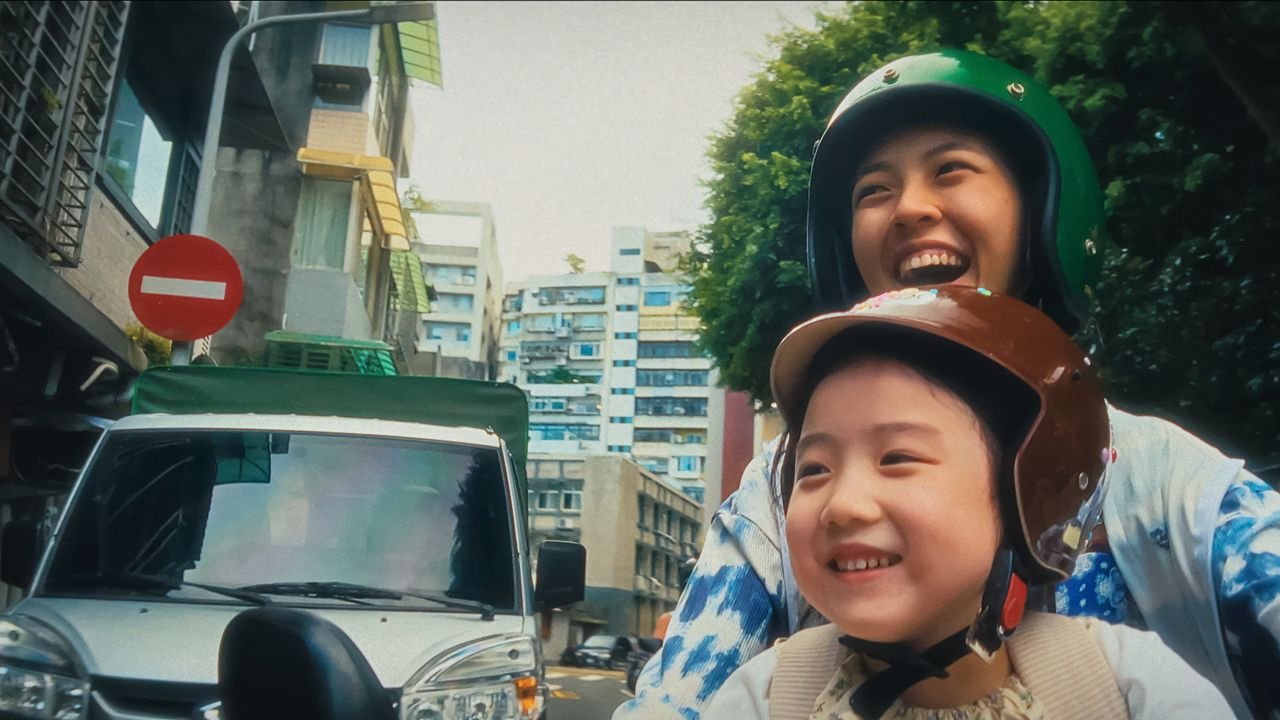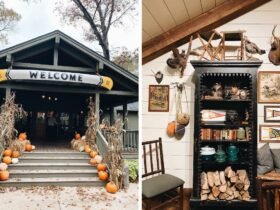On Location peels back the curtain on some of your favorite films, television shows, and more.
Take Out co-director and The Florida Project producer Shih-Ching Tsou is no stranger to braiding together the magic and the misery of living in the world’s most popular tourist destinations. For her latest film, Left-Handed Girl, Tsou takes up the mantle of director and co-writer and turns her keen eye to the streets of Taipei. Similarly to Tokyo, the Taiwanese capital has long been portrayed as teched-out carnival—roads pump out steady streams of buzzing mopeds, vendors beckon tourists to take advantage of the favorable exchange rate on sundry gadgets, and night market lights whirl and flash like an outsize pachinko machine.
Described by Tsou as a film, “25 years in the making,” Left-Handed Girl takes a shaky, hand-held camera view to the life of I-Jing, a young girl following her mother’s pursuit to open a noodle stand in a bustling night market. Here, Tsou discusses how and where scenes were filmed on location across Taipei. The film is available to stream on Netflix starting November 28.
The night market
A chock-a-block night market is the central setting of the film, where “As Seen on TV” gadget salesmen, noodle hawkers, small-time carnies, and tchotchke vendors are lined shoulder to shoulder. “I remember the first time I showed [co-writer] Sean Baker Taipei in 2000, 2001, and immediately he fell in love,” says Tsou, “That was the first time he went to Taiwan with me to look for the story. We both felt like, ‘Oh my God, we need to put the night market on film as one of the very important characters because that’s really representative of Taiwan, the culture of Taiwan.” Throughout the film, the market is depicted as an after-hours playground for sorts for I-Jing as she squeezes between stalls and ducks through alleyways as shortcuts to various stalls and friends. Shot all on iPhone and at upward angles, the market is treated with a curious and larger-than-life quality reflective of I-Jing’s perspective.
The noodle stand
Out of all the possible vendor types to choose from, Tsou pulled from real life example. “That was actually inspired by a real family we met when we went back to Taiwan to write the script. We stayed there for a month, and we visited all the night markets in Taipei trying to find the perfect one to shoot,” says Tsou, “We actually went to the particular night market in the film, and we ran into this little little girl at the time in 2010.” A fired up five-year-old running around by herself, Tsou followed her as a guide through the night market, eventually being led to her mom who was tending a noodle stand at the market. “When we ran into them, we were so excited because that was in our script, a little girl and her mother. So we thought, wow, that’s like a real prototype of the characters in our story. That’s why we decided to shoot in that market and also use the noodle stand as part of the story,” says Tsou.








